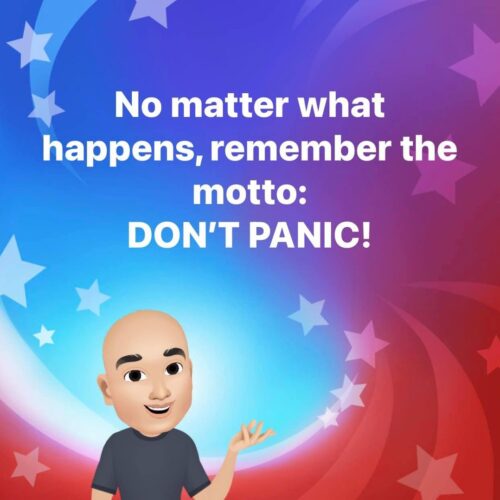Why I Converted Singularity 1 on 1 To Black-and-White
Socrates / Op Ed
Posted on: February 25, 2014 / Last Modified: February 25, 2014
 “Why did you convert your Singularity 1 on 1 interviews to black-and-white?”
“Why did you convert your Singularity 1 on 1 interviews to black-and-white?”
This is the question that I keep getting asked ever since I started publishing my Skype podcast episodes in black-and-white.
And so, it is time I share the reasons and ask for your critical input:
1. Black-and-white is less distracting:
The human eye is naturally attracted to bright colors. This fact is skilfully utilized both in the film and advertising industries where scenes or products with bright colors stand out and are deliberately designed to focus your attention on them.
In the case of my podcast, however, the main content is not instantly apparent within the visual subject but rather hides within the conversation itself. Thus I believe that having color will distract the attention to unimportant elements of the interview – such as the poor white balance and strange webcam colors I often end up with, while taking attention away from the important ones.
2. B&W hides my poor technical quality:
Unfortunately I have no control over my interviewee’s camera, microphone settings, internet connection, light and background. I do my best to provide technical tips to all of my guests but, in the end of the day, I have to take whatever quality I am given. [I’m always amazed how often it is that some of the most technologically advanced people can make do with low quality webcams and poor internet connection.]
Unfortunately quite often, if not most of the time, I have to work with less than perfect audio and video. And so, while the subject of Singularity 1 on 1 is very technological, the Skype interviews that I produce are not of high technical or production quality on their own. The main value of my podcast, therefore, is hopefully revealed within the conversations that I have with my guests. Finishing the recording in B&W can hide at least some technical problems.
3. Black-and-white is simple:
Knowing that I will finish the final version of my interview in B&W allows me to stress and worry less about the production aspects. This takes away from time spent on pre- and post-production technicalities while allowing me to focus more on research and topic preparation beforehand as well as asking good questions and providing interesting content during recording.
4. B&W is different and stands out:
There are over 100 hours of video uploaded every minute to YouTube. Like me, every content provider strives to capture the increasingly scarce viewer attention. Since most of those videos are shot in color, publishing black-and-white clips is just another way of being different and standing out. This in turn helps for both better branding as well as easier identification of your channel and content.
5. B&W is classic and timeless:
My goal is to create evergreen content focused on fundamental issues that humanity will have to deal with. Thus I try to stay away from fads or newsy and trendy content but choose to focus on the long-term philosophical dimensions of the issues instead. We all know that most timeless and classic films and images were captured in black-and-white. Thus, since my goal is to be both classic and timeless in terms of relevance, I think that this format is a good fit for Singularity 1 on 1.
6. B&W is more documentary:
My podcast interviews are not intended to be mere fiction. They are intended to provide a raw, impartial and honest unedited documentary archive of the people and ideas that will shape the fate of our civilization. Thus I hope that embracing the B&W format will lend more awareness to my goals while also providing a more trustworthy documentary look and feel to the final videos.
7. B&W is more dramatic:
Our attitude and understanding of the implications of artificial intelligence, the technological singularity, transhumanism, nanotechnology and other similar issues will shape the fundamental chances for prosperity and survival of our civilization. So I thought that perhaps a little subtle dramatism on Singularity 1 on 1 may be useful in highlighting the gravity and profound importance of the issues discussed.
8. Godfrey Reggio’s fantastic B&W film Visitors
I have to admit that I have been pondering a switch to B&W for several months but did not dare do it. It was only after seeing Godfrey Reggio‘s fantastic film Visitors, and hearing the director’s explanation for his choice in shooting B&W, that I found the guts to make the switch. Noticing that many others are experimenting with B&W lately, I am beginning to think that Godfrey may have managed to penetrate and leave a mark on our cultural subconsciousness yet again.
***
Those are the reasons why I have decided to do my Skype Singularity 1 on 1 episodes in black-and-white. [Currently about 85% of my interviews are done via Skype.] But I am also pondering whether I should switch my in-person podcast interviews to B&W. Once again, I find myself sitting gutless on the fence. And your comments can help push me either way…
So, please tell me:
Should I do all future episodes in black-and-white or should I convert only my poor quality Skype interviews in that format?








